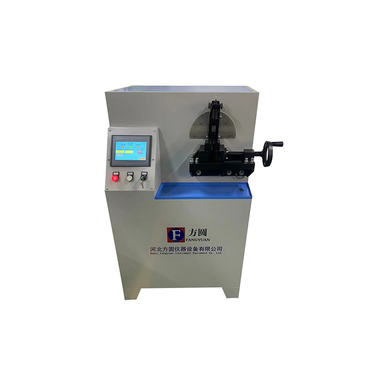Understanding IEC 60811 Standards for Electrical Insulation Testing in Manufacturing Facilities
Understanding IEC 60811 Key Considerations for Factories
The IEC 60811 standard, established by the International Electrotechnical Commission (IEC), provides essential guidelines for the testing of insulating and sheathing materials for cables. This standard plays a crucial role in ensuring the quality and safety of electrical cables which are bound for various industrial applications. As industries increasingly rely on advanced electrical systems, adherence to IEC 60811 becomes paramount for factories aiming to maintain high standards of product reliability and safety.
At its core, IEC 60811 addresses the physical and chemical properties of materials used in cable manufacturing. The standard outlines testing methods for mechanical, thermal, and environmental resistance of insulation and sheathing materials. Factories must ensure their materials meet the requisite performance criteria detailed in the standard to prevent premature failures in cables, which could lead to costly downtime and safety hazards.
Understanding IEC 60811 Key Considerations for Factories
Thermal resistance is another critical element addressed by the IEC 60811 standard. Cables often operate in environments that expose them to varying temperatures. To ensure safety and functionality, factories must conduct heat aging tests to assess how materials perform over prolonged periods of exposure to heat. This not only ensures compliance with international standards but also enhances the longevity of the products being manufactured.
iec60811 factories

Environmental considerations are increasingly vital in today's manufacturing landscape. IEC 60811 specifies tests that evaluate the resistance of materials to environmental factors such as moisture, temperature swings, and UV radiation. Factories need to be diligent in performing these tests, as failing to meet environmental resistance criteria can result in rapid degradation of cable materials in real-world applications.
In addition to these aspects, IEC 60811 emphasizes the importance of chemical resistance. Cables are often exposed to various substances, including oils, solvents, and other chemicals. Factories are required to assess the interaction between these chemicals and the cable materials to prevent potential failures. Conducting chemical resistance tests not only ensures compliance but also provides additional reliability for end-users.
Furthermore, factories must have robust quality control measures in place. Compliance with IEC 60811 involves meticulous record-keeping and documentation of test results. Implementing a quality management system aligned with the standard helps ensure that products consistently meet or exceed customer expectations.
Finally, as the global marketplace grows increasingly competitive, factories looking to excel must prioritize adherence to IEC 60811. By ensuring that insulating and sheathing materials meet the highest standards, manufacturers can enhance their reputation, minimize risks associated with electrical failures, and ultimately deliver superior products to their customers.
In conclusion, IEC 60811 serves as a vital benchmark in the manufacturing of electrical cables. Through rigorous testing of mechanical, thermal, environmental, and chemical properties, factories not only comply with international standards but also foster innovation and reliability in electrical infrastructure. By embracing these standards, factories position themselves for long-term success in an ever-evolving industry.
-
Why the Conductor Resistance Constant Temperature Measurement Machine Redefines Precision
NewsJun.20,2025
-
Reliable Testing Starts Here: Why the High Insulation Resistance Measuring Instrument Is a Must-Have
NewsJun.20,2025
-
Flexible Cable Flexing Test Equipment: The Precision Standard for Cable Durability and Performance Testing
NewsJun.20,2025
-
Digital Measurement Projector: Precision Visualization for Modern Manufacturing
NewsJun.20,2025
-
Computer Control Electronic Tensile Tester: Precision and Power for the Modern Metal Industry
NewsJun.20,2025
-
Cable Spark Tester: Your Ultimate Insulation Assurance for Wire and Cable Testing
NewsJun.20,2025
 Copyright © 2025 Hebei Fangyuan Instrument & Equipment Co.,Ltd. All Rights Reserved. Sitemap | Privacy Policy
Copyright © 2025 Hebei Fangyuan Instrument & Equipment Co.,Ltd. All Rights Reserved. Sitemap | Privacy Policy
